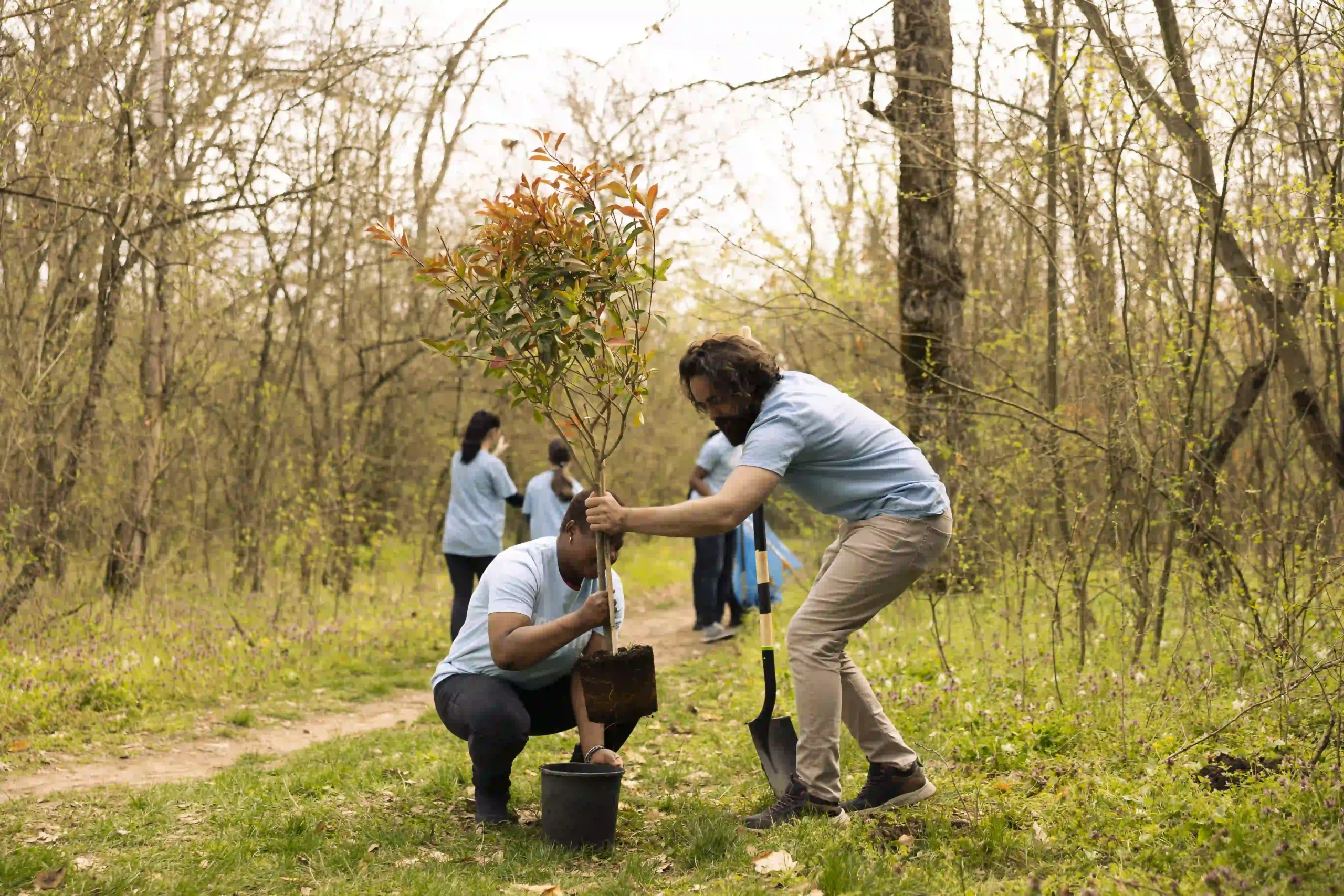Exploring Routes to Transform Communities’ Lives: Innovative Strategies for Sustainable Impact
Transforming communities into thriving hubs of connection and opportunity is an essential goal in today’s world. Community revitalization can breathe new life into neighborhoods, improving quality of life and fostering social cohesion. From reshaping public spaces to modernizing infrastructure, various innovative strategies are being employed worldwide.
One effective path is focusing on public areas like squares and streets. These spaces have historically served as central points where people interact and build social bonds. By redesigning these areas to prioritize pedestrians and encourage gatherings, you can foster a stronger sense of community. This concept of streets as places highlights the potential of urban design to bring people together.
Investing in community leadership is another crucial component. Cultivating local leaders who are motivated and equipped to drive change can create lasting impacts. This approach emphasizes the importance of empowering individuals within your community to take on active roles in shaping its future. By supporting such initiatives, you contribute to a resilient community that adapts and thrives amidst challenges.
Effective Community Engagement Strategies
To effectively transform community lives, you need strategies that engage and empower the local population. Addressing community needs and fostering leadership are crucial to creating sustainable change. Collaborative efforts, innovative outreach, and leveraging technology can significantly enhance these engagements. In some instances there might even be a new pathway for your community via social work.
Identifying Community Needs and Strengths
To effectively address the unique challenges of a community, start by identifying its needs and strengths. Conduct surveys, interviews, and focus groups with community members to gather insights. Participatory planning sessions can also reveal valuable information about local priorities.
Incorporate asset-based community development (ABCD) techniques to highlight local capabilities and resources, enabling community members to lead initiatives. By focusing on strengths, you empower people to take ownership of their development, creating more resilient and self-sufficient communities.
Fostering Local Leadership and Talent
Local leadership is pivotal for sustaining community development. To foster this, offer training and mentorship programs that build skills necessary for effective leadership. Identify and empower key individuals who already exhibit leadership traits and can influence others.
Encourage young people to participate in governance and decision-making processes. This helps cultivate a new generation of leaders equipped to address future challenges. By developing local talent, communities can create sustainable pathways for growth and resilience.
Creating Collaborative Partnerships
Bringing various stakeholders together can lead to significant advancements. Establish partnerships with local businesses, nonprofit organizations, and government agencies to create a network of support. Collaborate with community-based organizations to tap into local knowledge and experience.
Regular meetings and shared objectives can foster community trust and teamwork. Joint ventures offer pooled resources and expertise, providing a more comprehensive approach to community challenges. With collaboration, you’ll achieve goals that might be unattainable alone.
Innovative Outreach and Communication
Effective communication is crucial for community engagement. Develop innovative outreach strategies that cater to diverse community segments. Use workshops, town halls, and interactive sessions to engage directly with residents and gather feedback.
Visual aids, storytelling, and community narratives enhance engagement and allow for more meaningful connections. Culturally sensitive communication strategies help you reach minority and underrepresented groups effectively. This ensures every voice is heard and valued, fostering inclusivity.
Leveraging Technology and Social Media
Technology and social media play an important role in modern community engagement. Utilize platforms like Facebook, Twitter, and Instagram to disseminate information quickly and engage with broader audiences. Create online forums to spark discussions and gather real-time feedback.
Implement mobile applications and online tools to facilitate community services and initiatives. This not only streamlines operations but also encourages digital participation. By integrating technology, you expand your reach and provide innovative solutions to community needs.
Sustainable Development and Scaling Impact
Achieving sustainable development involves harmonizing economic, social, and environmental objectives. You can enhance community resilience through community-led projects and frameworks that focus on monitoring, evaluation, and learning. By replicating and scaling successful initiatives, you can expand the reach and impact of sustainable development efforts.
Integrating Economic, Social, and Environmental Goals
When you integrate economic, social, and environmental goals, it creates a balanced approach to sustainable development. Consider projects that boost local economies while protecting natural resources. Initiatives can include green infrastructure, which supports job creation and enhances environmental quality. Social programs that prioritize education and health also aid in aligning these goals harmoniously.
Investment in renewable energy sources exemplifies this integration. By adopting solar or wind energy solutions, you bolster economic opportunities and simultaneously address environmental concerns. Encouraging local businesses to adopt sustainable practices guarantees long-term benefits for the community.
Community-Led Projects and Local Ownership
Fostering community-led projects ensures that development initiatives resonate with local values and needs. When communities lead their sustainability projects, they cultivate a sense of ownership and pride. You may explore transformative community strategies, which emphasize capacity-building and leadership to enhance community engagement.
This grassroots approach can drive more meaningful changes. Local ownership ensures that the strategies implemented are culturally relevant and more likely to be successful in the long term. Engaging local leaders and organizations builds trust and motivates residents to invest in the success of these initiatives.
Monitoring, Evaluation, and Learning Frameworks
Implementing robust monitoring, evaluation, and learning (MEL) frameworks is essential in assessing the impact of sustainability projects. You need to establish clear metrics and objectives to track progress effectively. These frameworks help in identifying challenges and areas for improvement promptly.
Effective learning mechanisms transform data and feedback into actionable insights. Incorporate feedback loops that engage stakeholders, ensuring improvements are community-driven. Regular evaluations also support better resource allocation, optimizing the efficiency of development projects.
Replicating Success and Expanding Reach
Scaling successful projects is crucial for amplifying impact across regions. You can configure a typology of amplification processes that guide the replication of successful sustainability initiatives. These processes ensure that projects are adapted effectively to new contexts.
Emphasize flexible models that can be tailored to fit diverse environments. Encourage collaboration between different communities to share lessons learned and best practices. By systematically deploying these replication strategies, you extend the benefits of proven solutions to wider populations.














Post Comment